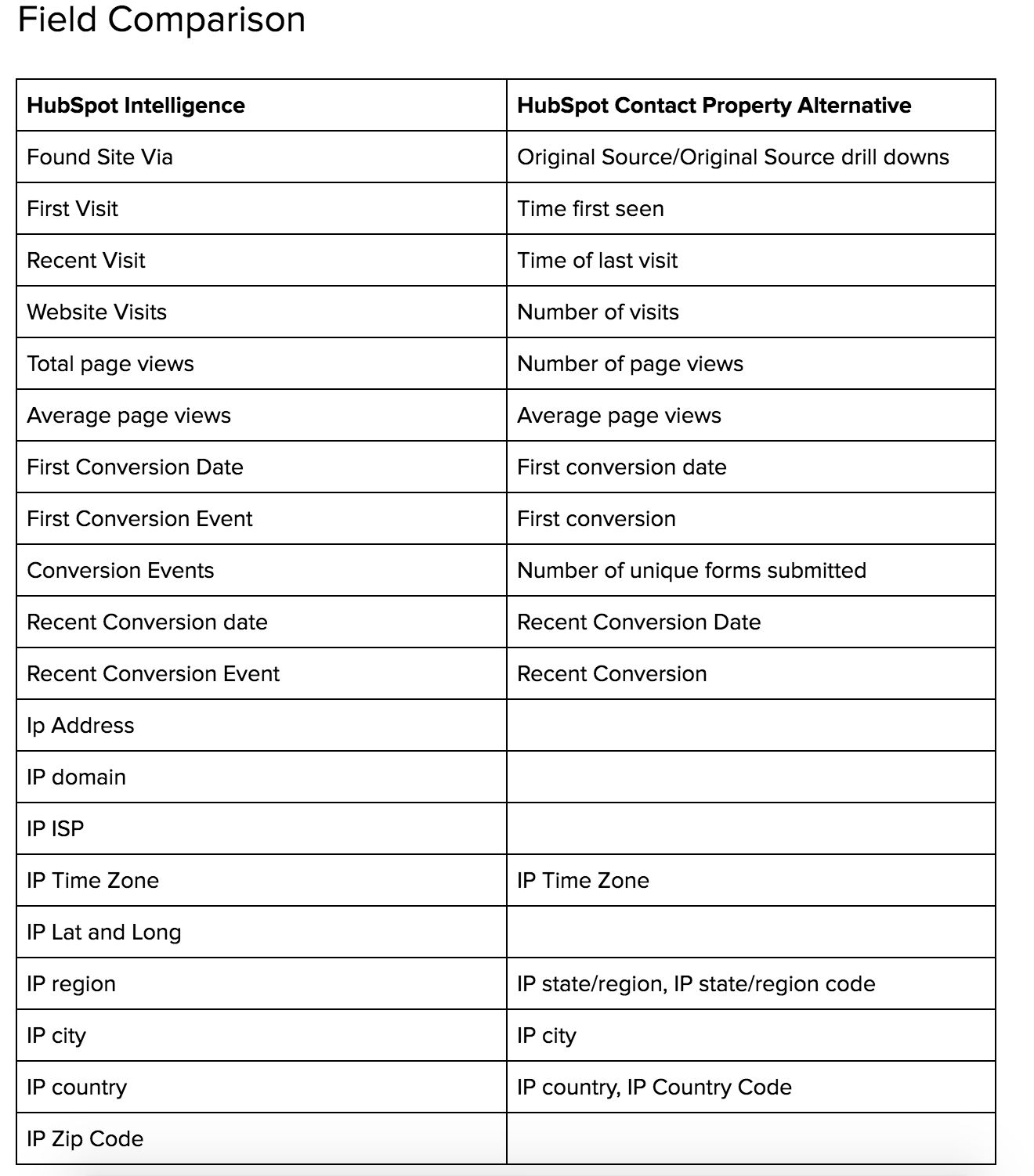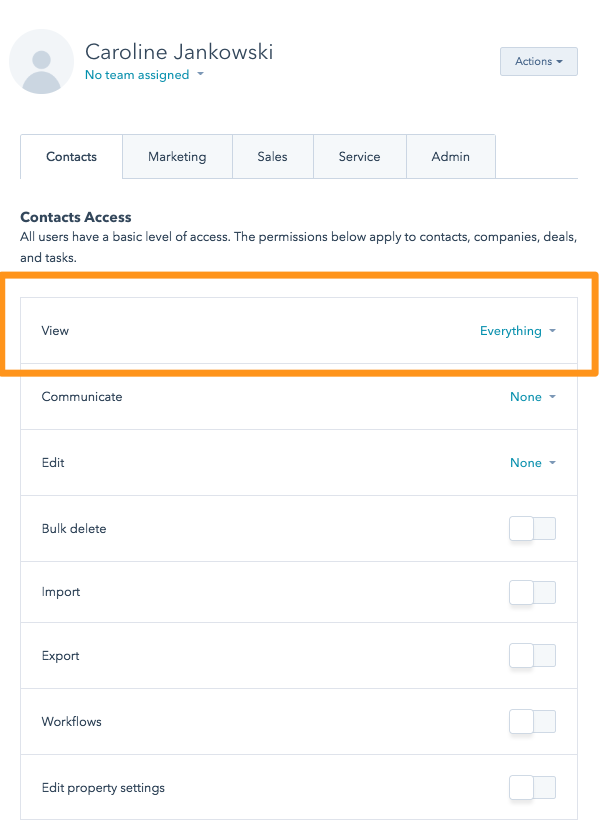- HubSpot Community JP
- Resources
- Releases and Updates
- [Now Live] The New HubSpot-Salesforce Connector
Releases and Updates
- RSS フィードを購読する
- 新着としてマーク
- 既読としてマーク
- ブックマーク
- 購読
- 印刷用ページ
- 不適切なコンテンツを報告
[Now Live] The New HubSpot-Salesforce Connector
UPDATE: 8/6 - The new package is now available for all Salesforce integrated portals. For answers to a number of frequently asked questions, feel free to refer to this knowledge doc.
Starting today, you will have a banner notification on the Salesforce settings screen that will allow you to upgrade your package. This will require an update to the package in Salesforce. We strongly recommend that you update your package as soon as possible. If you do not update on August 6th, data will still sync between both systems. The only data that will no longer be syncing is the HubSpot Intelligence object.
HubSpot users who integrate with Salesforce will get access to a faster, more secure, and more flexible version of the Salesforce connector. So you can properly prepare, here’s a quick rundown of some of the most significant updates.
1. Brand New Visualforce Window design and features
With the new package, Salesforce users logged into HubSpot will be able to filter the iframe based on timeline activities just like the HubSpot Contact timeline - all within Salesforce.


Now your reps can leverage all your HubSpot data to improve their prospect interactions. You can filter timeline activity, view HubSpot Score/ Predictive Lead Score and enroll contacts into HubSpot workflows all from one Visualforce module.The new look also aligns the Visualforce with the rest of the HubSpot tools.
2. Sunsetting the HubSpot Intelligence Object
We will no longer be syncing the HubSpot Intelligence Object in all Salesforce accounts. The new package will support HubSpot default properties syncing with Salesforce standard objects. By eliminating the custom HubSpot Intelligence object, we've reduced the amount of storage the connector requires - saving you money.
This means the new package will no longer create the HubSpot Intelligence custom object in Salesforce. The custom object contained fields and itself could be used for reporting or automation on the Salesforce side of the integration. We recommend working with your Salesforce administrator to determine if there are any business processes built around the HubSpot intelligence object or fields within it. You should instead use standard field mappings to the lead and/or contact object to sync conversion data based on standard HubSpot contact properties.
Note: you will notice some IP properties are unavailable on contacts that were available on HubSpot intelligence. As a result of mixed user feedback, certain fields aren’t being carried over into the new package.

3. The integration will use a more secure embed to protect your data
With the new package, your Salesforce users will need a HubSpot login to view the HubSpot iframe. Without access to HubSpot, Salesforce users who had access to this iframe in the past will no longer be able to see it within Salesforce.
This change is to increase security of your HubSpot contact data. If your Salesforce users already have contact view permissions in HubSpot, no changes are necessary. If you have Salesforce users without HubSpot permissions, they’ll need contacts view-only access within HubSpot at a minimum. The easiest way to add Salesforce users to HubSpot is through the import tool and steps in this knowledge document.

- reCAPTCHA opt-out for Commerce Hub Checkout
- [Live] Try invoices without enrolling in Commerce Hub
- [Live] Collect payments locally through PADs (Canada) in Commerce Hub
- [Live] Collect payments through BACs (UK) on Commerce Hub
- March 2024 Release Notes
- [Live] Accept Partial Payments on Invoices
- [Live] Display Multiple Tax IDs on Invoices
- [Live] Commerce Hub Subscription Timeline Card
- [Live] Japanese Yen now available in Commerce Hub
- [Live] Commerce in the Global top-level navigation
ここにコメントを追加するには、ご登録いただく必要があります。 ご登録済みの場合は、ログインしてください。 ご登録がまだの場合は、ご登録後にログインしてください。